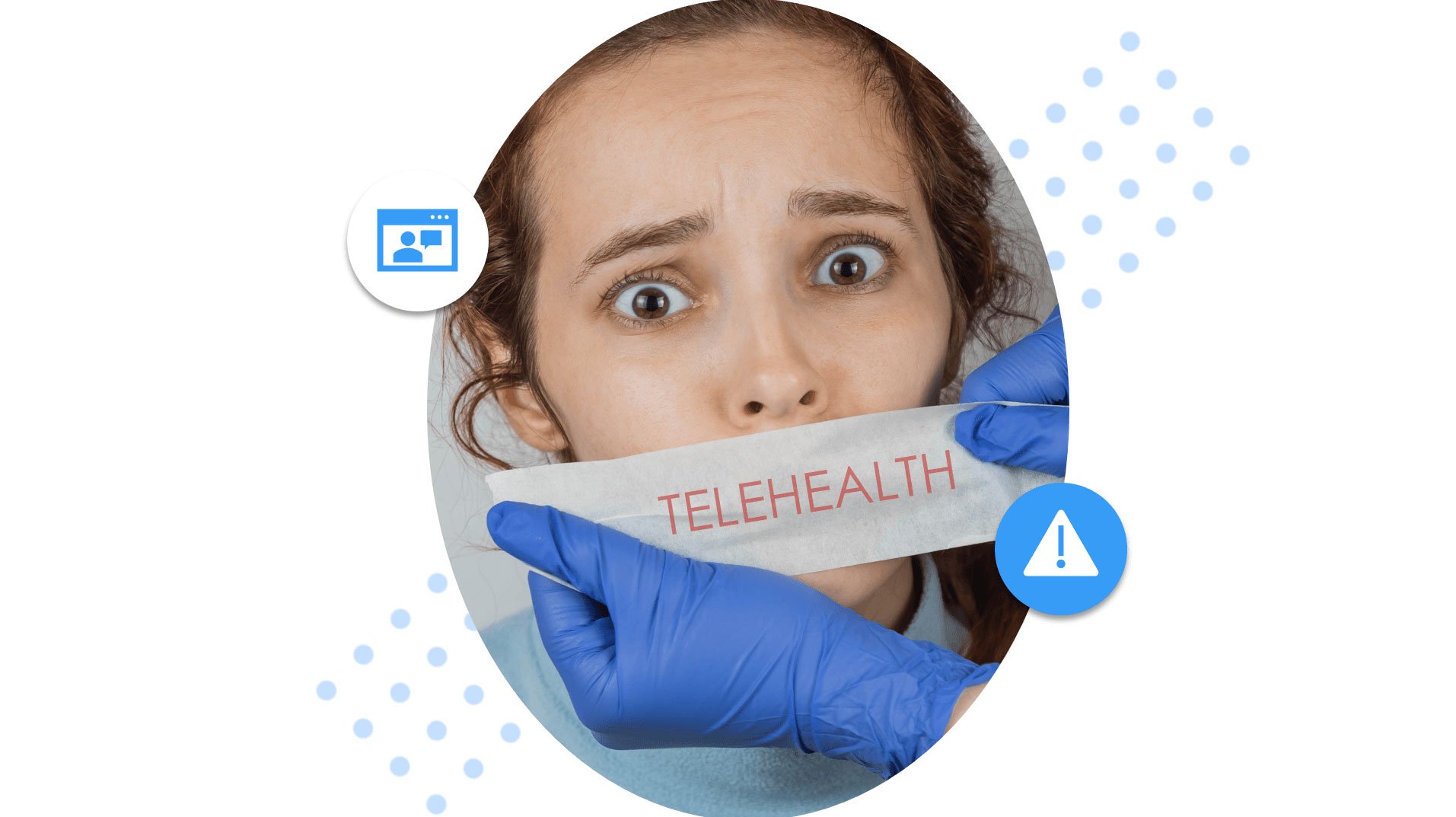
As healthcare quickly increases its digital formats, telehealth care access is growing. As more patients and providers hop onto the technology, it will be important to revisit key communication principles.
WHAT IS COMMUNICATION?
A process where information is successfully exchanged.
In telehealth, effective communication can be a matter of life and death. Here are some of the most common obstacles practitioners face when talking to patients.
MEDICAL JARGON
Healthcare is full of clinical terms, acronyms, and specialized language. These are difficult for others to understand. In general, medical professionals have a hard time not speaking above the head of normal patients. Our tip – make your message and simple as you can… and then find ways to simplify it even more!
BORING CONTENT
Do not just talk for the sake of speaking; in order to be effective, content must be clear, crisp and, above all, interesting.
NOISE
Sounds and activity in the background can be distraction to both you and your listener. Tell them to go to a quieter area if possible or eliminate the unwanted noise source.
UNORGANIZED THOUGHTS
Unorganized thoughts and abstract ideas often lead to poor communication. Pausing for just a moment to pinpoint exactly what you need to communicate can make a big difference in your effectiveness.
DISTRACTED LISTENERS
Ask questions to engage the patient, such as what’s new in their life. If they continue to act distracted, note it and ask for the reason. Try to get them to feel at ease. If you are on video, be sure to make eye contact. Be a "mind reader” and try to gage their interest and/or mood.
GOING TOO FAST
Always cross-check with your audience to see whether or not they have received the correct information. Don’t rush; pause between thoughts and ideas. Make it a habit to spell out difficult words. Remember to give ample pause after each thought and sentence.
SPEAKING TOO QUIETLY
Its harder to correctly gauge volume when communicating electronically. In order to communicate information correctly and effectively, your voice must be clear and loud. Be mindful of queues, such as the patient repeating back the wrong words, or requests for repetition, and adjust your speaking appropriately. Talk louder and slower. However, never resort to shouting.
TELL-BACK - HOW TO TEST IF YOU’RE COMMUNICATING WELL
Don’t just ask simple yes/no questions, like “Did you get that?” Ask your patients questions about the content. Even better, ask them to tell you what they should know in their own words. Don’t just correct their understanding, think of how you could communicate better the first time.
CONCLUSION
Speak slowly, clearly, loudly, and carefully. Engage and interest the recipient and they will be more likely to listen to you. Check in with the listeners periodically to make sure the message is getting through. These are a few of the tips that will go a long way towards improving your communication skills.
About Keona Health
At Keona Health, we believe that relationships matter. We know that a clinic’s telehealth system can test a patient-doctor relationship, especially if a patient cannot easily get the help he or she is seeking. Keona Health offers healthcare software and automation solutions to ease the burden of telehealth on medical practices and help medical professionals better communicate with patients.
Posted By

Gina Tabone, MSN, has 25+ years of experience in telehealth. She has consulted for physicians, health systems, call centers, & other healthcare entities.
Related Post
November 19, 2024
heading into 2025, healthcare organizations face increasing pressure to digitize...
October 18, 2023
is your healthcare call center getting crushed under the weight of frustrated...



